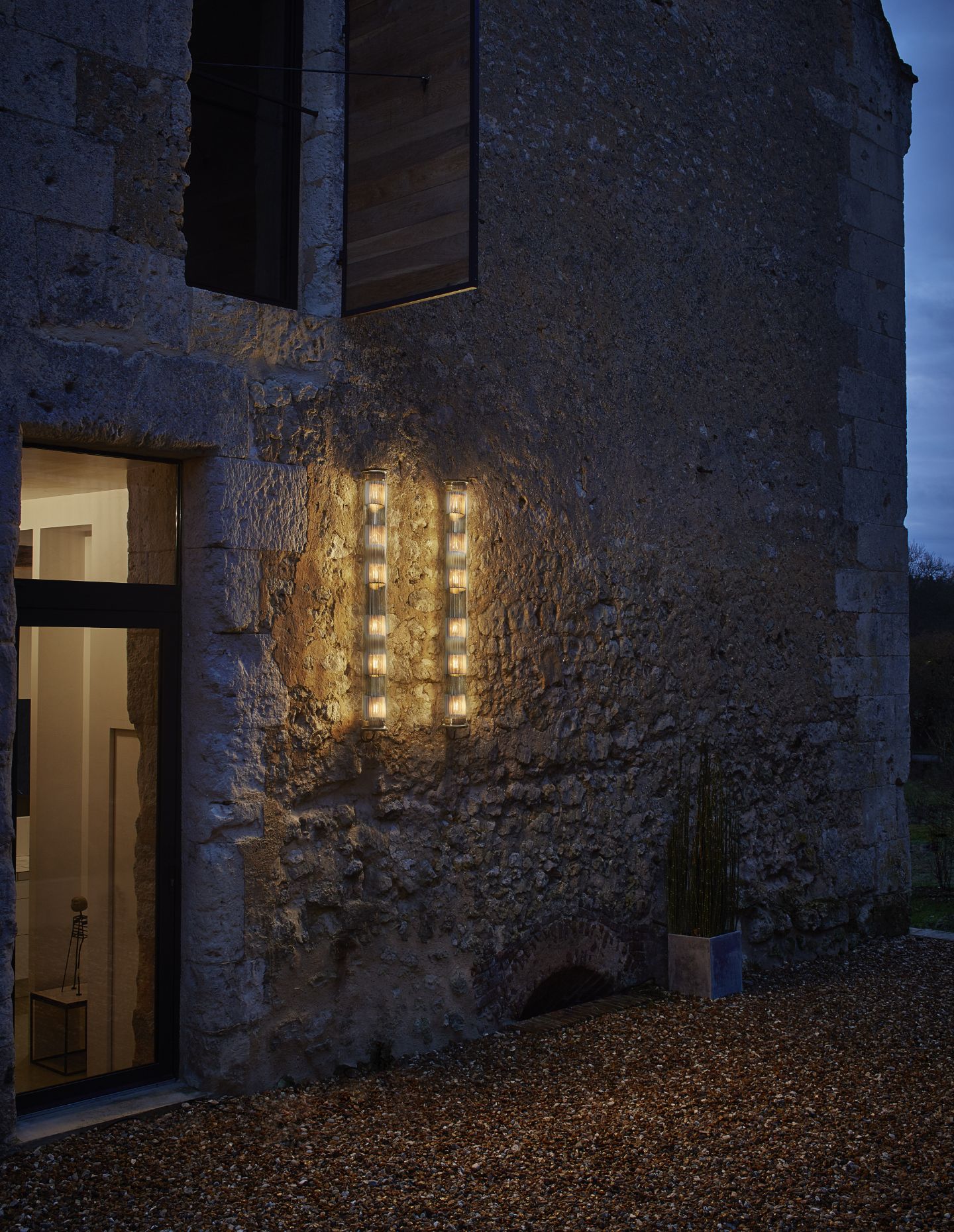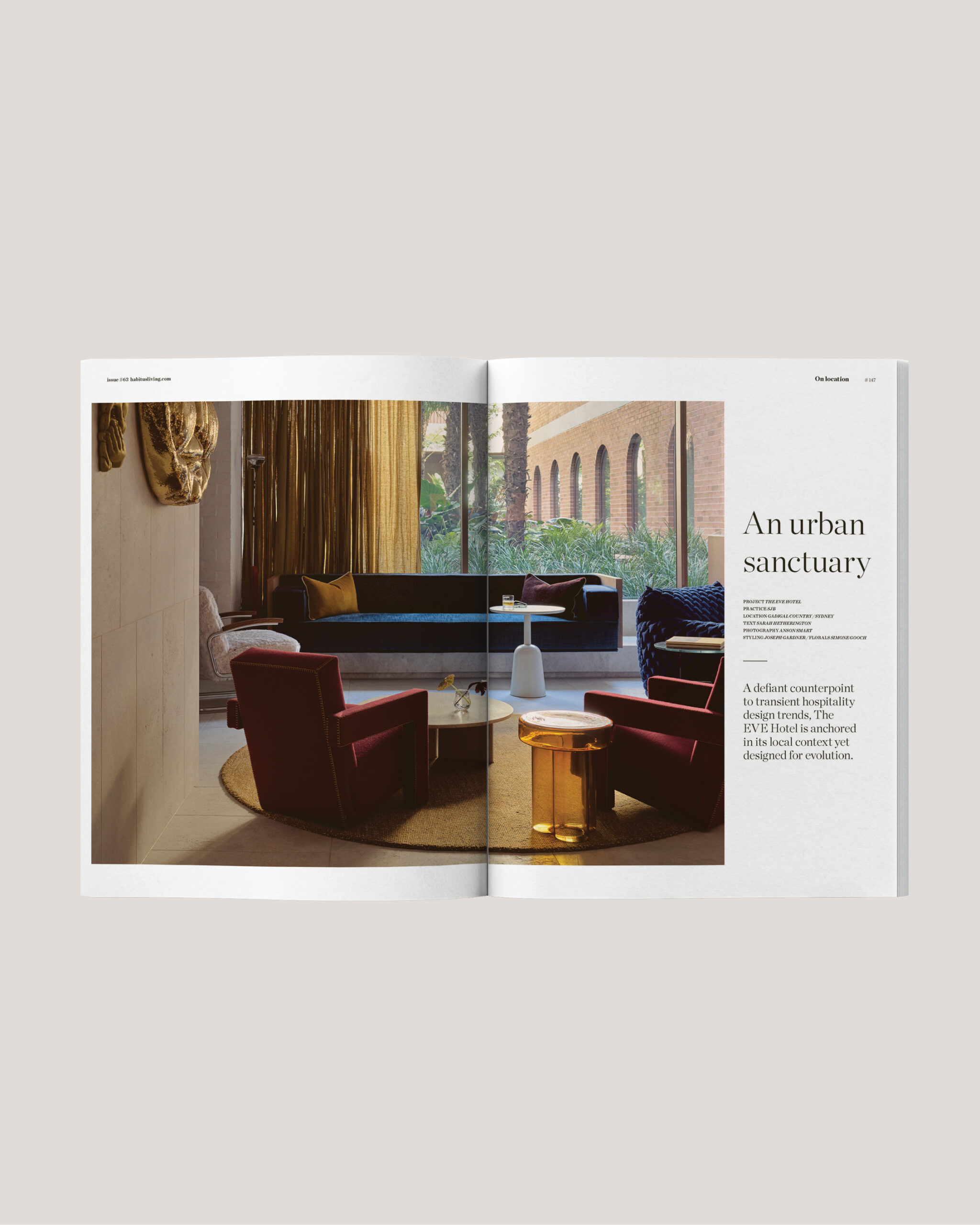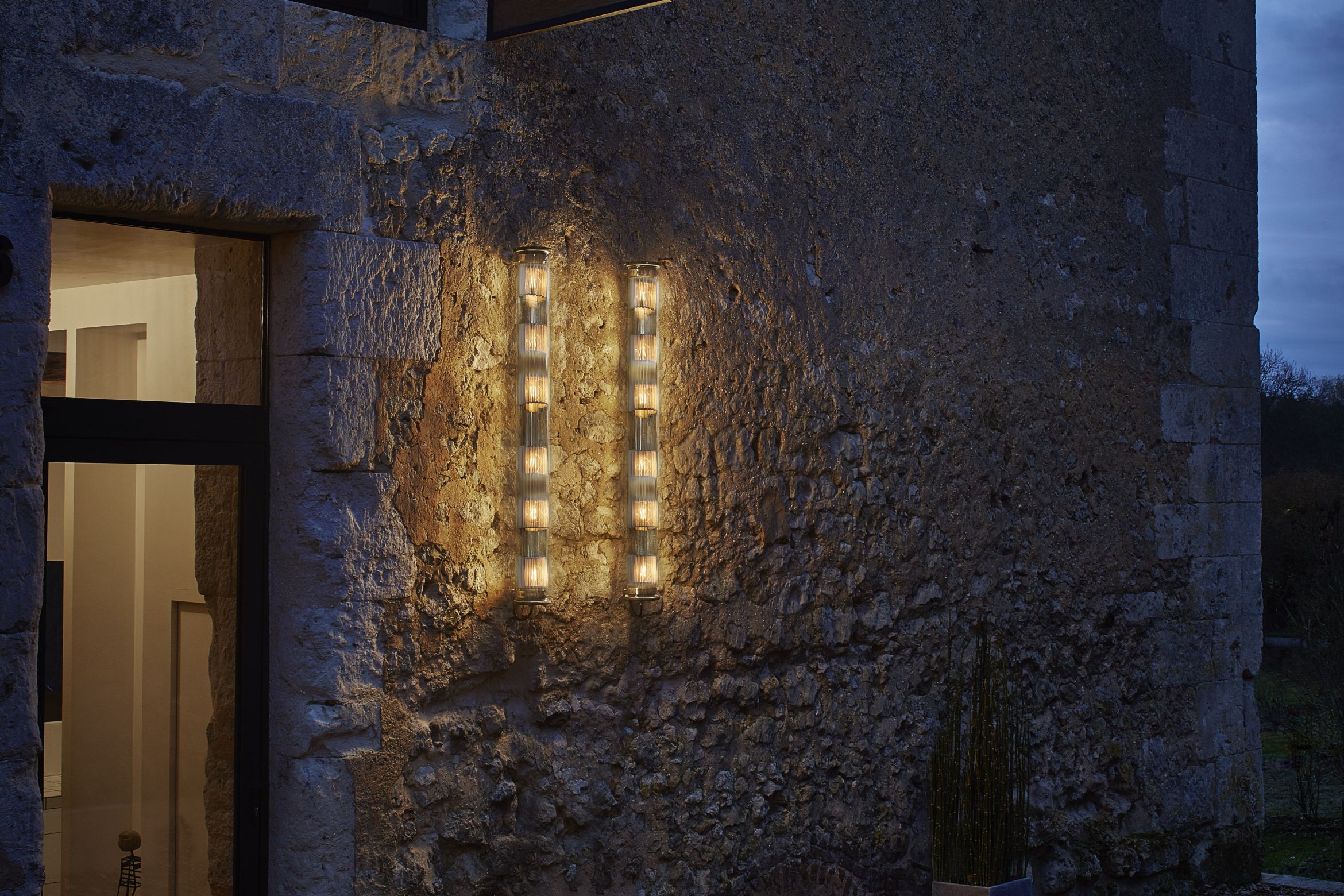To understand the significance of this incredible new light, it is important to appreciate the iconic nature of the designers. Dominique Perrault, to begin with, is globally celebrated for his design of the French National Library. Moreover, he is an extraordinary architect and town planner of vision, who has been distinguished with both the French silver medal for town planning (1990) and the Mies van der Rohe Prize (1996.) In 2010 he was awarded the gold medal by the French Academy of Architecture, and in 2015 was named as the Praemium Imperiale Laureate for Architecture.
Gaëlle Lauriot-Prévost, is similarly prominent and has been Perrault’s primary collaborator for the past 25 years. A force in her own right, she is lead designer and artistic director of the DPA agency in Paris and collaborated with Patrick Rubin (Atelier Canal) and Zaha Hadid in London before joining Dominique Perrault in 1989 to work on the French National Library.

The light itself is an amalgamation of the designers’ styles, with an industrial element evident in the poetic delivery of its overt materiality. Here, glass, steel, brass and aluminium are proudly acknowledged as beautiful materials, with a refined sculptural language shaping
the layered batons of light. Encased in crystal clear borosilicate glass (which makes it extremely stable), the light is defused through either brass or steel mesh, so that the baton seemingly shifts through bands of gold and silver with the idea of a tube of light fully realised as glowing sectioned expanses.
Mesh in many ways is a signature of Perrault, with industrial mesh used to define spaces and create volumes within his architecture. In accord with this direction, Lauriot-Prévost similarly uses mesh to create delicate and interesting designs ranging from jewellery to large installations. In pairing their expertise, Perrault and Lauriot-Prévost engage mesh as both a shield and a filter for light, and have created lighting installations that defy expectation. The plaited and twisted mesh masts that illuminate the French National Library, for example, express their shared themes of rupture, defiance and material innovation.
For the designers, IN THE TUBE presented an opportunity to create an architectural lighting piece that fuses industrial strength with lyrical refinement. As such, it embodies their artisan manipulation of light and space, and is a striking revelation of how industrial design elements can be woven into a design that is both elegant and timeless.

Theirs is a style that exemplifies industrial strength and a refined sensibility, and it is this combined force that sees IN THE TUBE as one of the most adventurous and beautiful lighting designs to emerge. Designed by architects for architects, the light comes in a range of sizes with or without the adjustable gold or silver mesh. Suitable for horizontal, vertical or angled application, it is also at home in interiors or exteriors.
An architectural statement, a piece of design history and a testament to the transformative power of light, IN THE TUBE is most assuredly an icon.



